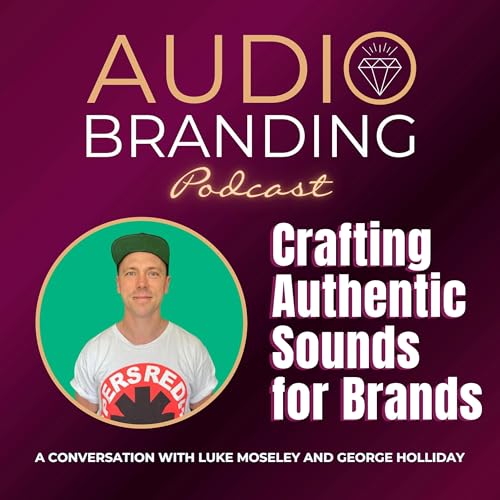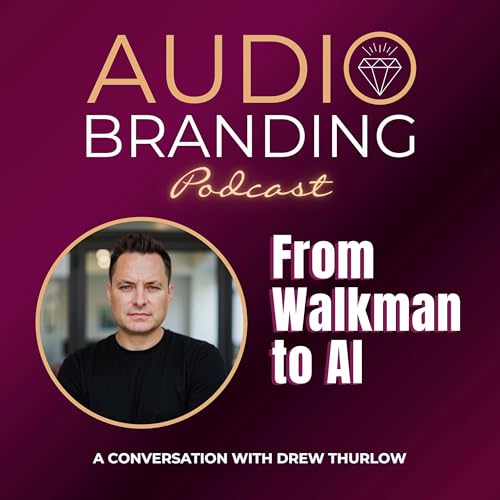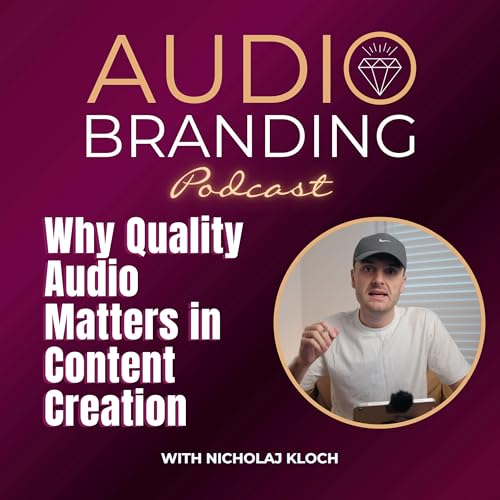“I think sound is important because I believe it's the first sense that we develop even before we're born. And it's a way of knowing things, knowing the world. Even if you have your eyes shut, you can feel the place. You can feel if it's a big space, if it's an open space, a closed space. So I think it's our most basic feeling instinct that we have, and I remember, before my daughter was born, I would sing for her and her mom’s belly, would move. She would react to sound even before she was born. Yeah, so that's why I think sound is really, really important in everything.” – Humberto Franco
This episode’s a little different than most of our podcasts here at Audio Branding. Instead of a conversation in my studio, this one follows my journey through Portugal, exploring the soundscapes of the Douro vineyards and a boat ride in Aveiro to the hustle and bustle of the Porto airport. This episode also features a very special guest. Humberto Franco is the producer and editor of Audio Branding: The Hidden Gem of Marketing, and he’s a professional, multilingual voice actor, a proud dad, an audio, video, and podcast editor and producer, and self-professed computer geek.
We had a chance to catch up during my trip to Europe, and I know firsthand that Humberto has a great deal of insight into the power of sound, from how he approaches video and audio editing to his thoughts on how sound shapes every aspect of our lives. Stay tuned for a fascinating conversation about Humberto’s perspective as an editor and a behind-the-scenes look at Audio Branding itself, framed against the lively audio backdrop of the sights and sounds of Portugal.
As always, if you have questions for my guests, you’re welcome to reach out through the links in the show notes. If you have questions for me, visit audiobrandingpodcast.com, where you’ll find a lot of ways to get in touch. Plus, subscribing to the newsletter will let you know when the new podcasts are available, along with other interesting bits of audio-related news. And if you’re getting some value from listening, the best ways to show your support are to share this podcast with a friend and leave an honest review. Both those things really help, and I’d love to feature your review on future podcasts. You can leave one either in written or in voice format from the podcast’s main page. I would so appreciate that.
(0:00:00) - Exploring the Power of Sound
Our conversation begins along a bridge near the city of Régua, surrounded by green hills and lush grape vines, and Humberto shares his earliest memory of sounds, including his parents’ ABBA albums. “I started to wake up in the morning,” he tells us, “go downstairs to the living room, started to play ABBA music, which was a nightmare for my parents.” We move on to a restaurant in Porto and a conversation over dinner, one that begins with Humberto’s question about the process of becoming a guest on Audio Branding. He in turn shares his process for smoothing out the bumpy road podcast interviews can sometimes take. “I put all the files, the video files and the audio files, in sync and then I'll go through the conversation,” he explains. “If there's a mistake, I will take it. There are tricks that, if there's a cut that I need to make, that I'm able to hide it with some magic sauce, I'll do it.”
(0:14:09) - Exploring the Importance of Sound
Our next stop is a ride aboard a traditional moliceiro boat in the city of Aveiro, and Humberto talks about what inspired his career and his hopes for the future of sound. “For me,” he explains, “it's to see how far technology can take us, how deep can our knowledge and our...
 23 mins
23 mins 34 mins
34 mins Nov 26 202529 mins
Nov 26 202529 mins 28 mins
28 mins 31 mins
31 mins 26 mins
26 mins 19 mins
19 mins 31 mins
31 mins
